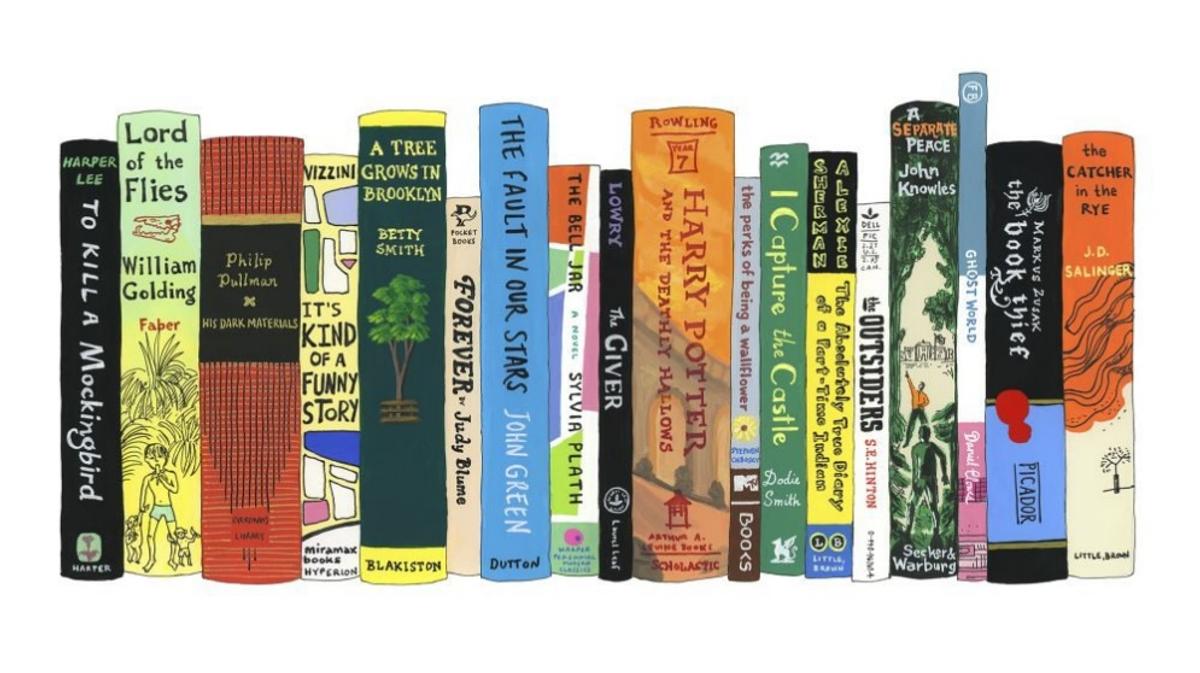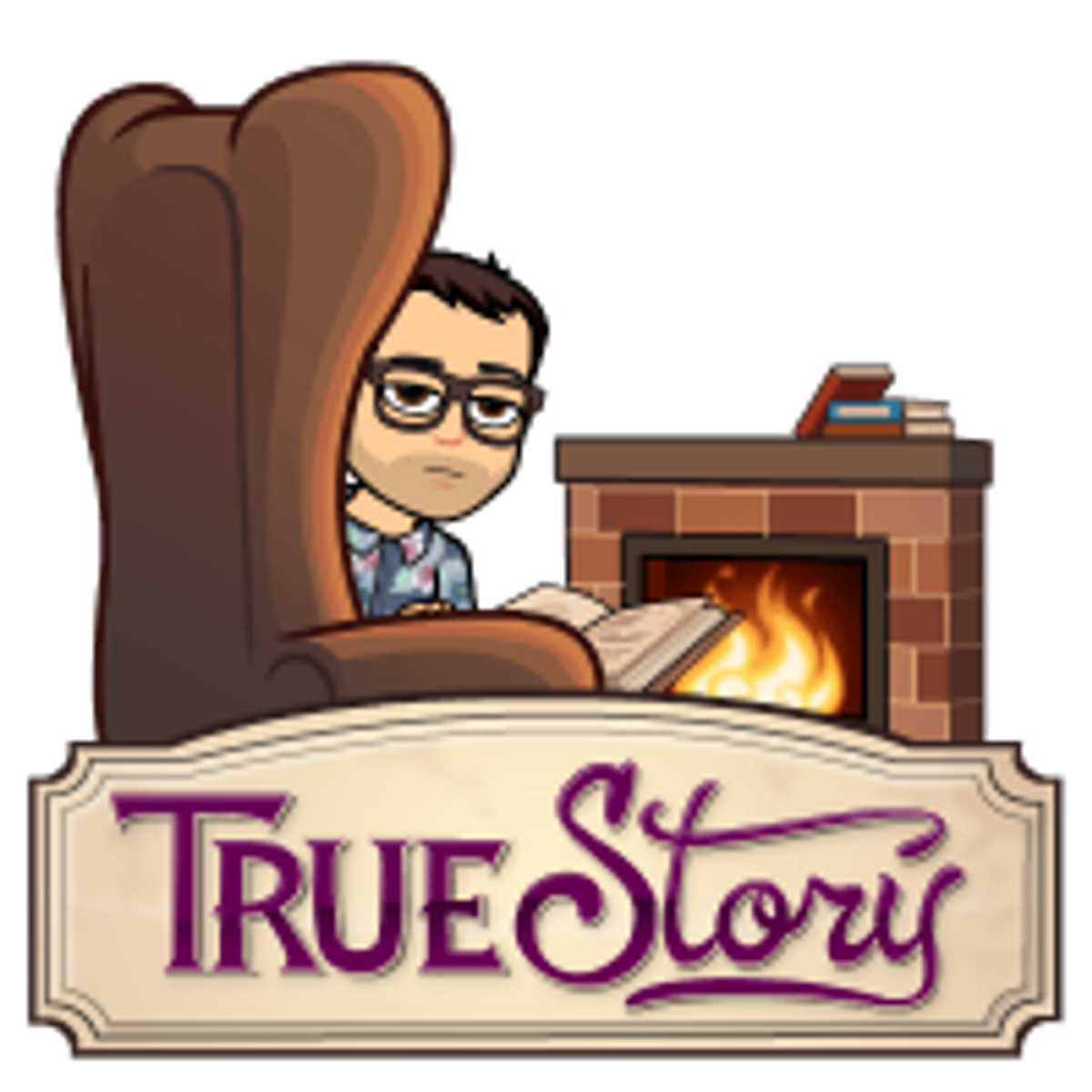Learning for Life
Literacy Tip #9

Learning for Life
Literacy Tip #9
Learning for Life – Literacy Tip #11
Young Adult Fiction
For teens, reading may take the form of eBooks or articles online but the dopamine pull to just ‘check’ the latest from YouTube, messages, or social media feeds is strong.
It’s not surprising that research shows teens (and adults!) are reading fewer books than before. So, as the concept of reading broadens to encompass the digital and bite-sized, we need to ensure teens' reading opportunities are also broadened.
With such stiff competition, it becomes even more important for teachers, library staff and families to work together to engage each and every student with reading.
What is Young Adult Fiction?


Young adult (YA) fiction ranges across themes and styles. The definition of YA (also known as youth or juvenile fiction) differs across organisations but generally, covers the ages 13–18.
It's a growing segment of literature. Nielsen reported that children’s share of the print market is almost 50% with YA fiction forming a large chunk of that.
A number of well-known ‘adult’ authors are now writing for this age, such as:
These and other writers have produced some exemplary pieces of literature to address the gap that used to exist between child and adult fiction.
Many storylines in YA fiction deal with social and personal issues teenagers identify with and have main characters in their teens. The settings though vary wildly from the present 'real' world to the dystopian domains of 'The Hunger Games' to the supernatural and historical. As a result, there are books for the discerning, the mature and even the most reluctant of teen readers.
Given the value teenagers place on relationships, culture and peers, an understanding of the genre is critical if you want to engage them in reading. The trick is to provide easy access to an array of enticing material to students. To keep your finger on the teenage reading pulse by:
Genres and forms for young adult and young fiction — including sources for book titles.
Adapted from the National Library of New Zealand website


Fabiano Nigro
Literacy Learning Specialist